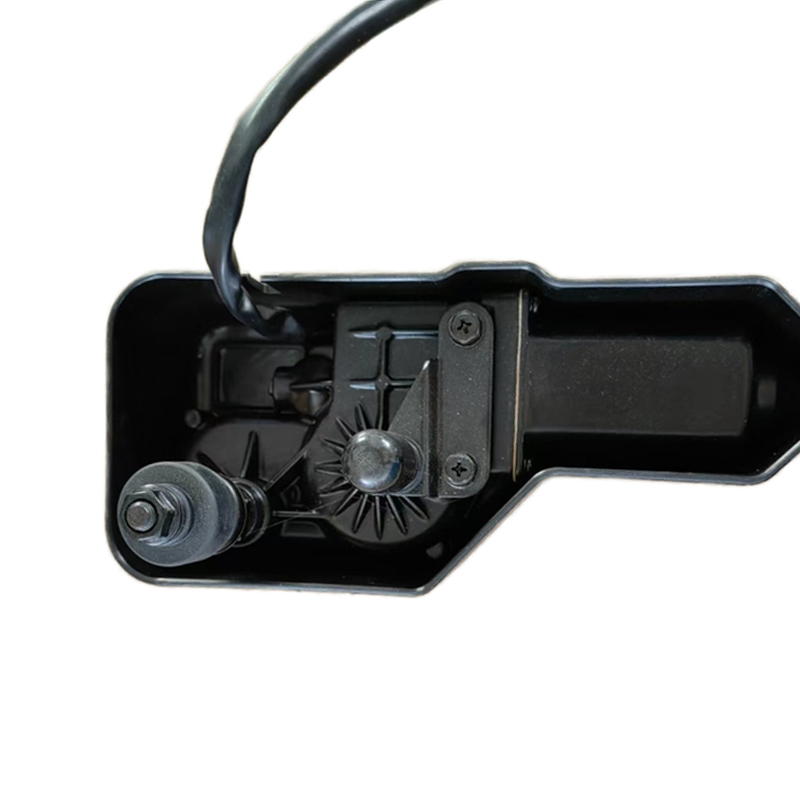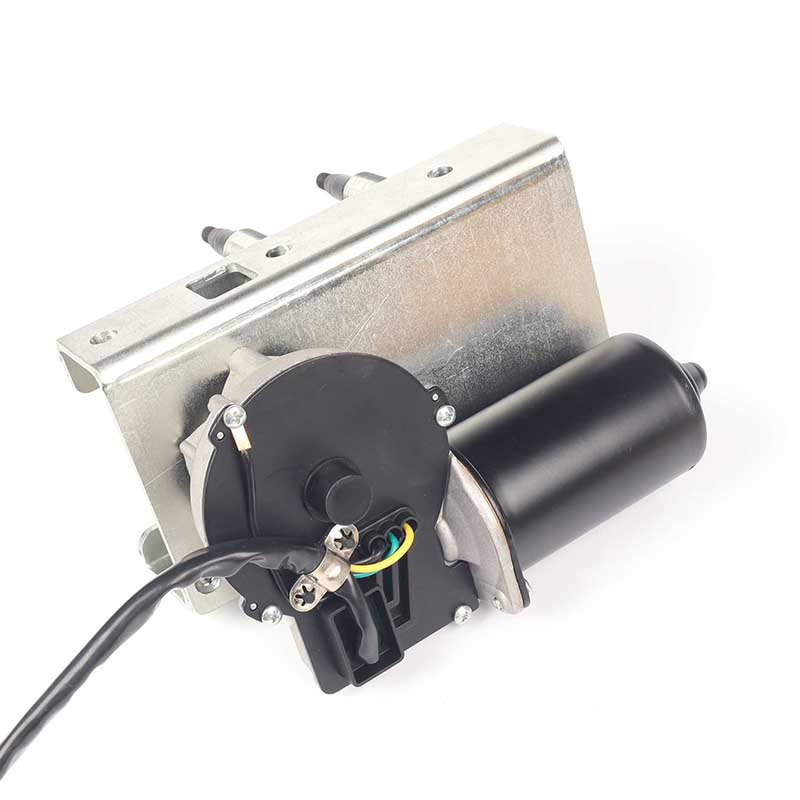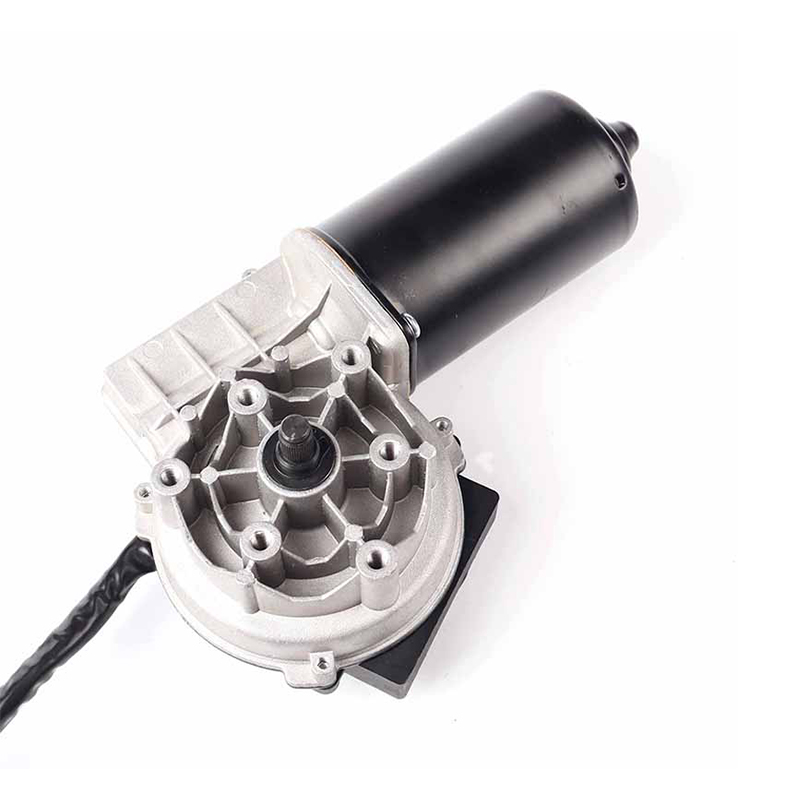 +86-0577-66009580
+86-0577-66009580
 juntmotor@126.com
juntmotor@126.com

The 116.1486.2B Wiper Motor is a critical component in maintaining clear visibility in vehicles under all weather conditions. Built for durability and reliability, this motor is widely used in various types of vehicles, including trucks, buses, and construction machinery. Understanding the life expectancy, common failure causes, testing methods, and fuse-related issues of the 116.1486.2B Wiper Motor is essential for vehicle maintenance and safety.
The life expectancy of a wiper motor can vary depending on usage, environmental conditions, and maintenance. The 116.1486.2B Wiper Motor is designed for heavy-duty applications and can typically last between 5 to 10 years under normal operating conditions. Regular maintenance, such as cleaning and lubrication of moving parts, can extend the motor’s life. Avoiding excessive stress on the motor, like using it continuously in harsh weather, also contributes to longer durability. Therefore, understanding the motor's expected lifespan helps in planning preventive maintenance and replacement schedules.

Wiper motors, including the 116.1486.2B Wiper Motor, may fail for several reasons:
Electrical Problems: Wiring issues, corroded connections, or blown fuses can prevent the motor from receiving adequate power.
Mechanical Wear: Components such as brushes, gears, and bearings can wear out over time, reducing motor efficiency and causing failure.
Environmental Factors: Exposure to moisture, dirt, and extreme temperatures can accelerate wear and contribute to failure.
Lack of Maintenance: Neglecting regular cleaning and inspections can lead to the accumulation of debris, resulting in reduced performance and potential motor damage.
Understanding these common failure causes for the 116.1486.2B Wiper Motor helps vehicle owners take proactive steps to prevent breakdowns.
Testing the 116.1486.2B Wiper Motor is crucial to ensure it is functioning correctly. The basic steps include:
Inspect the Fuse: Check if the fuse connected to the motor is intact.
Examine the Wiring: Look for damaged or loose connections.
Check Voltage: Using a multimeter, measure the voltage at the motor terminals while the wiper switch is activated.
Observe Motor Operation: Turn on the wipers and check for smooth movement without unusual noise or interruptions.
Performing these checks helps identify whether the 116.1486.2B Wiper Motor requires repair or replacement.
Yes, a blown fuse can prevent the 116.1486.2B Wiper Motor from operating. Fuses are designed to protect electrical circuits by breaking the connection in case of excessive current. If the fuse associated with the wiper motor blows, the motor will not receive power and will stop working. Regularly inspecting fuses and replacing them when necessary ensures that the 116.1486.2B Wiper Motor functions reliably.
Checking the fuse of the 116.1486.2B Wiper Motor involves these steps:
Locate the Fuse Box: Refer to the vehicle’s manual to find the fuse box.
Identify the Wiper Fuse: Use the diagram in the fuse box or the manual to locate the correct fuse.
Inspect the Fuse: Remove the fuse and visually check if the metal strip inside is broken.
Replace if Necessary: If the fuse is blown, replace it with a new one of the same amperage rating.
Performing these steps ensures that the 116.1486.2B Wiper Motor receives proper electrical protection and prevents motor damage due to overcurrent.
The 116.1486.2B Wiper Motor is a reliable and essential component for safe driving in all weather conditions. Knowing its life expectancy, understanding why wiper motors fail, testing methods, and performing proper fuse checks are key to maintaining its performance. By following these preventive measures, vehicle owners can ensure that the 116.1486.2B Wiper Motor remains functional for years, providing safety and convenience on the road.

